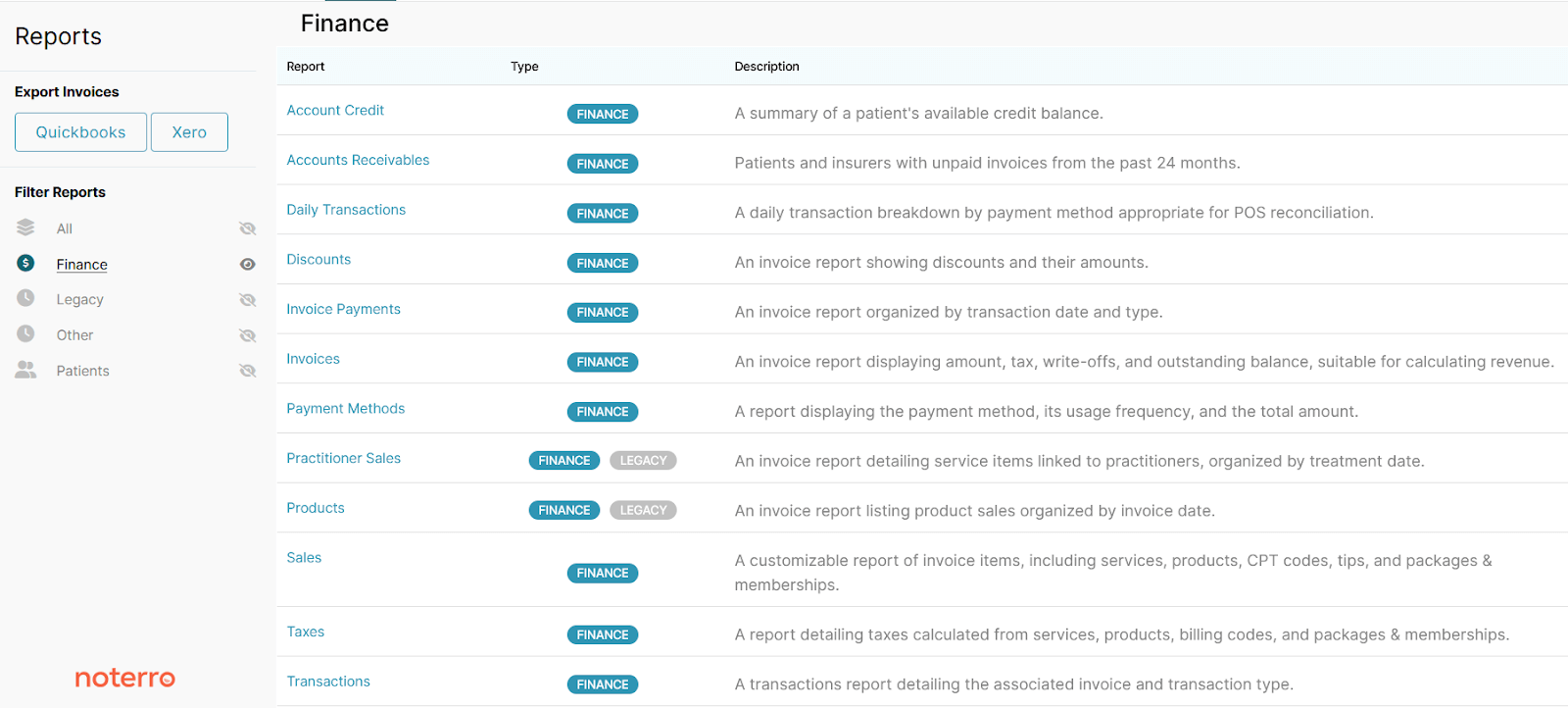End-of-Year Promo: Subscribe between December 22-31 & Get 3 Months Free!
Learn MoreTable of Contents

Experience Better Practice Management Today!
Starting at $28.05/month
No Credit Card Required

Experience Better Practice Management Today!
Starting at $30/month
No Credit Card Required
It can be frustrating if you've spent weeks training a new practitioner, only to watch them still struggle with billing. I've seen how slow onboarding and guesswork waste your time and hurt your bottom line.
But not anymore. Today, I'll show you how to:
By the end, you'll know precisely how to onboard practitioners faster and track their performance, allowing you to focus on patient care instead of managing staff chaos.
A smooth onboarding process saves hours of admin work, helps new hires settle in quickly, and keeps patient care consistent across your team. Here are some tips on how to make it effective and seamless:
When every practitioner documents, bills, and schedules differently, new hires take weeks to figure out your system. They make mistakes, and you risk losing money.
A standardized template fixes this. Your new massage therapist receives a SOAP note template that matches your clinic's documentation style. Your chiropractor knows precisely how to submit claims because the billing workflow is already set up. They're productive in days instead of weeks.
In Noterro, you create templates once for SOAP notes, intake forms, and billing. Every new practitioner starts with these. There are no more three-hour explanations about how you want things done; the templates show them.
Also read: What’s the Smartest Way to Customize and Summarize Intake Forms?
Give a new admin access to everything on day one and watch them accidentally delete patient records or mess up billing codes. I've seen it happen.
To prevent this, you need a system that offers role-based access. Your new receptionist sees scheduling and basic patient info, your practitioners access charting and their own patient records, and our billing admin handles claims and payments. Nobody gets overwhelmed with screens they don't need.
Noterro's role-based permissions system lets you set this up in minutes.

Digital tools reduce the time for new practitioners to get comfortable from two weeks to three days. I've seen this with hundreds of practitioners I've trained.
Instead of spending days memorizing your documentation style, they use Snippets to type "bp" and get "blood pressure" automatically.
Instead of nervously hunting for the correct format, Noterro Scribe lets them talk for three minutes and create formatted SOAP notes using the template. Also, you can use digital intake form templates to send them to patients to fill out. This way, new practitioners won’t fumble through data entry on their first day.
Another tip I’d like to give is that new hires shadow someone using these tools for their first appointments and then get digital walkthroughs on their phones for reference. By day three, they feel comfortable and confident instead of still feeling lost in week two.
Check out more about how to use these features: How Clinics Use Snippets, Tags, and Centralized Files to Save Time
Too many clinics forget to give login credentials on day one or skip billing training. That's why I use structured checklists.
Here’s what I’d suggest:
Check each item off as you go so nothing gets missed. This way, new practitioners know exactly what they're learning each day instead of feeling overwhelmed, and you won't have to scramble to fix forgotten setup tasks two weeks later.
Bonus read: Stress-Free Billing for Solo & Mobile Clinics: Guide to Tips & Tools
Here’s how you can use Noterro to make, not just informed, but data back decisions.
Many managers say, "I think you're doing well" or "It seems like you've been busy." That's not helpful for anyone.
When you rely on memory or assumptions, you create bias and frustration. The practitioner who chats with you daily seems productive, but the quiet one who actually sees more patients gets overlooked.
Monthly reviews backed by actual data fix this. In Noterro event report, you can see exactly how many appointments each practitioner completed, their cancellation rates, etc.

Now, feedback becomes constructive instead of personal. You're not saying, "I feel like you're slow." You're saying, "Your appointments often bleed, which impacts your other appointments. Let's work on that." That's actionable. It helps people improve.
After a decade in this industry, I've learned that measuring everything means measuring nothing. You need specific KPIs that actually matter.
Patient retention rate tells you who's building relationships versus losing clients, total appointments per provider show who's productive, not just busy, cancellation rates reveal scheduling problems before they hurt revenue, etc.
In Noterro, you can track all of this using customizable reports. Set up an events report with others specific to each practitioner to see their appointment patterns. Create custom sales reports to track revenue per provider.
These aren't just numbers on a spreadsheet. They directly connect to patient care quality and your clinic's revenue, so everyone understands why they matter.

Also read: How to Handle Billing, Insurance, Cards & More As a New Practitioner
I've trained hundreds of practitioners and tracked performance for over a decade. The clinics that grow don't have complex systems. They onboard fast and measure what matters.
When you standardize onboarding and track real KPIs, new practitioners get productive in days, and you catch problems before they hurt revenue: less admin work, better patient care, and the bottom line takes care of itself..
Noterro puts everything in one place. Templates, permissions, training tools, and performance reports all work together—no juggling five different systems or drowning in spreadsheets.
Try it free for 14 days. Your staff will gain a clear structure, you will gain real data, and everyone will stop wasting time on admin chaos.
If your workflows, templates, and permissions are already set up, onboarding shouldn’t take more than two to three days. Most of the clinics. The goal isn’t to rush them but to remove unnecessary steps so they can focus on care, not setup.
Larger clinics should include additional steps such as assigning cross-location permissions, scheduling permissions, and reporting reviews. Each department should have clear responsibilities for training and defined timelines for when new practitioners are added to scheduling, billing, and reporting systems.
Track two things: time to productivity and error rates. If new hires document correctly and handle appointments within their first week, you’re on the right path. You’ll also notice fewer follow-ups, fewer billing mistakes, and less staff burnout when onboarding is working.
If reports show repeated billing errors or longer appointment durations, it’s usually a sign that someone needs more support. Instead of guessing what to fix, you can create focused training sessions to solve the problem.
In Noterro, all practitioner and patient data is encrypted and protected under healthcare privacy regulations like PIPEDA, PHIDA, and HIPAA. You control who can access what, so your data stays private and secure, no matter how many staff you onboard.
Tags



